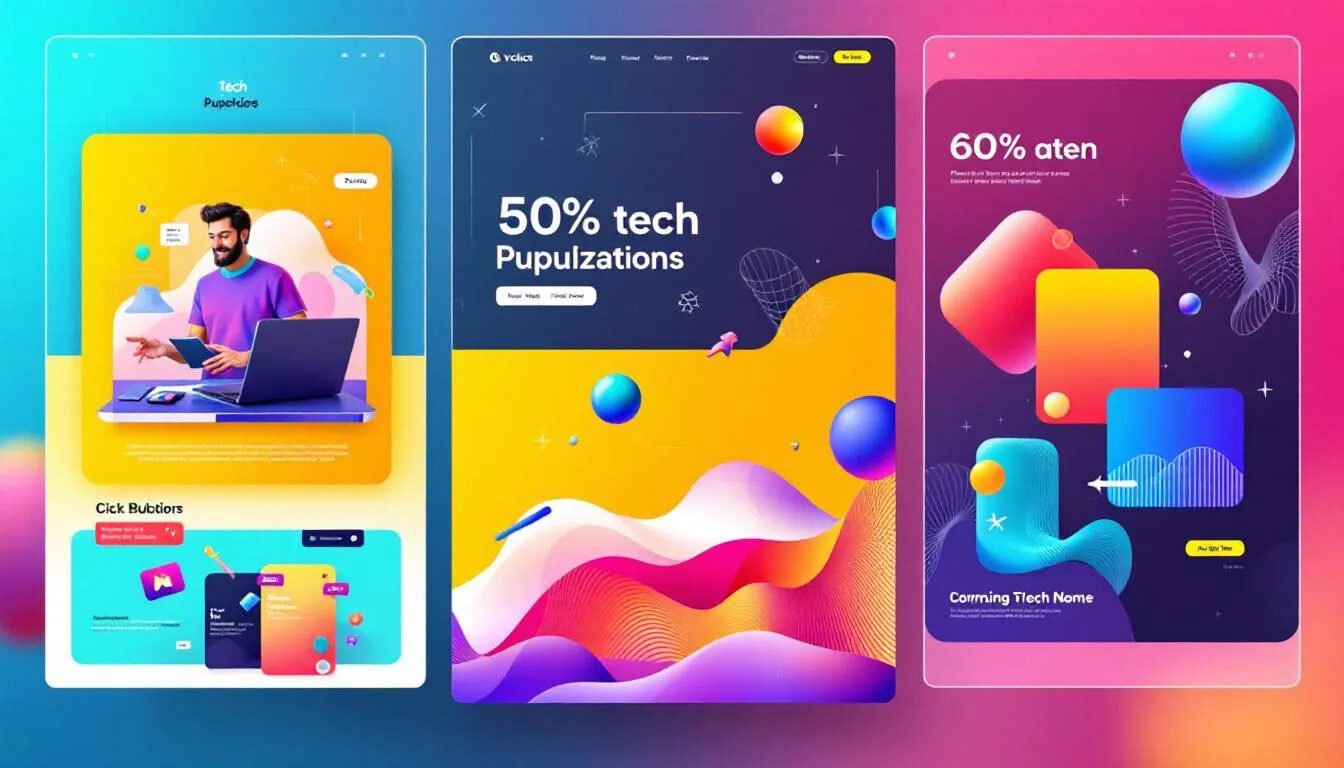
3 social media trends for the new year
A staggering 69 percent of U.S. adults are social media users. With that number increasing all the time, small businesses need to look to platforms like Twitter, Facebook and Instagram to reach their customers. Social media is a viable way to drive sales and build relationships with customers, but it’s important to always keep up with the latest developments to ensure you’re maximizing your efforts. To help you get the conversation started on social in the new year, here are three top trends and tips for integrating them into your social strategy today.
1. Micro-influencers and local influencers
Big name brands often reach out to celebrity influencers with hundreds of thousands or even millions of social media followers to promote their companies. But many businesses, large and small, are now turning to micro-influencers and local influencers to spread the word about their products or services.
As you may already know, an influencer is a tastemaker or industry expert whose opinions are trusted, making it possible for them to influence the buying decisions of their audience. Local influencers — individuals with a regional audience — and micro-influencers — everyday consumers with 1,000 to 100,000 social media followers — have more niche audiences than celebrity influencers and, as a result, can be great advocates for your company.
A recent survey showed that Instagram influencers with fewer than 1,000 followers have a “like” rate of around 8 percent, while influencers with 1,000 to 10,000 followers only have a 4 percent “like” rate. As the number of followers increases, those engagement rates tend to drop. So, while someone with a massive following may have more reach, someone with a smaller, engaged audience can get your company’s name in front of more people who will actually pay attention to your message. That’s especially true if you connect with a micro-influencer whose audience is similar to your customer base.
How to integrate micro-influencers and local influencers into your social strategy: You can find people who live in your area and who are posting content that ties in with the products or services you offer by searching hashtags or geotags on your preferred social networks. Remember to do a deep dive into the influencer’s account before you reach out. Make sure you have reviewed the type of content they normally post. You’ll want to get a sense of their personality and the audience they attract before you collaborate with them.
2. Instagram Stories and ephemeral content
Instagram Stories is a feature found within the Instagram app, allowing users to tap their way through a slideshow of photos or videos. While the images posted to your Instagram photo grid are static and can be viewed anytime someone visits your page (unless of course, you delete them), the content you post on Stories is only publicly accessible for 24 hours. From a marketing and promotion standpoint, that short life span may seem limiting, but it actually enables businesses to add some variety to their social media content plans.
Did that product demo you posted on Stories not get the number of views or engagement that you were hoping for? No problem — it’s gone in a day, and you can do something new tomorrow. Want to try out different ways of communicating with your audience? Test them out on Stories first. The beauty of this feature is that it gives you room to experiment. Stories can also create a more personal, relatable experience for viewers, as the content being shared usually has a more off-the-cuff quality.
With 400 million Instagram accounts using Stories — and one-third of the most viewed Stories produced by businesses — this feature has the potential to amplify your message.
How to integrate Instagram Stories into your social strategy: Use Stories to give your followers a behind-the-scenes look at your business, share educational content like how-to’s, demonstrate how to use your newest products or share limited-time discount codes. Whatever you post, make sure the content has some value to viewers and that you’re staying true to your brand’s personality and voice.
3. Facebook Groups
Facebook Groups have been around since the early days of the social network. However, savvy companies are now using them to target audiences and create more meaningful connections with customers. While your business’s Facebook page generally serves as a catchall for everything that’s happening with your organization, a Facebook Group allows you to communicate directly to segments of your customer base about specific topics.
Introducing a new service? Create a group to share your progress. Notice that mothers have really been enjoying your products? Create a moms’ group where they can communicate with each other and you about their needs and how they’re using your product. In time, it is possible to build a vibrant community of brand advocates.
Facebook Groups have become especially important for many businesses after a recent Facebook algorithm change that demotes commercial content in users’ news feeds, making it more difficult to reach audiences organically. As you begin to build stronger relationships with your customers through your groups, they’ll have a reason to seek out your business on the platform.
How to integrate Facebook Groups into your social strategy: There are so many different ways you can use Facebook Groups to market your business. Test the waters by creating a group and asking for feedback. As you get more comfortable, you may want to create a private group for your top customers, where you not only ask for their opinions but offer exclusive content.
The way that you use social media — and really, every marketing channel — should always be evolving. Although every new trend might not be the best fit for your business, it’s important to try new techniques to make sure you’re getting the best results possible. Experiment with these trends in the new year, and track your performance. And for even more tips on using social media, download our free Guide to Social Media Marketing.
Join 140,000 small business owners
© 2019, Amber Humphrey. All rights reserved.
 SUBSCRIBE
SUBSCRIBE 


